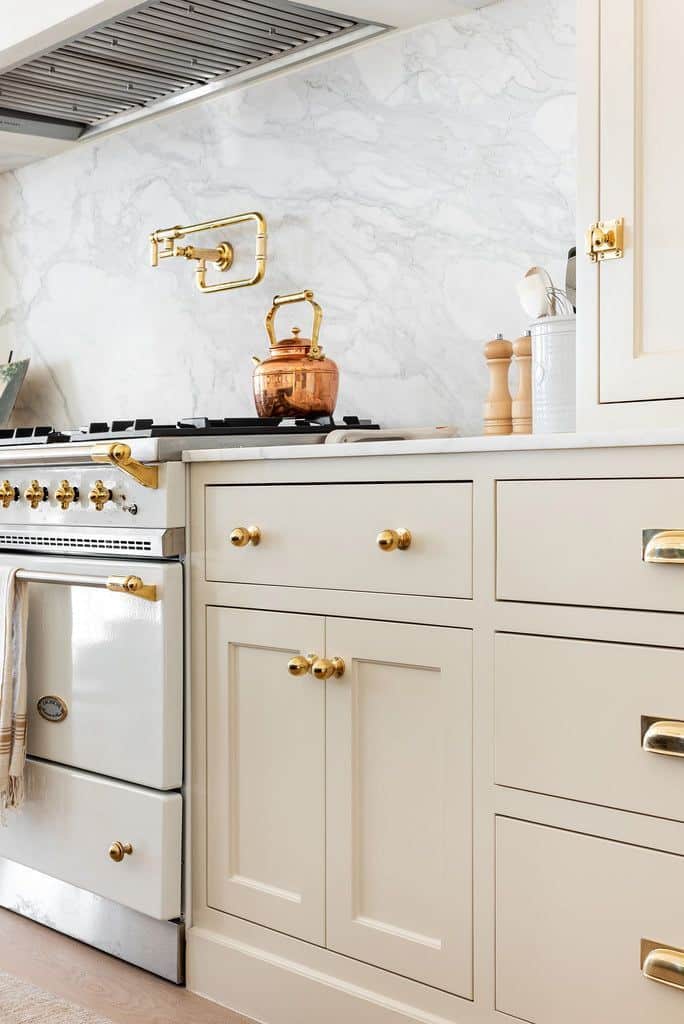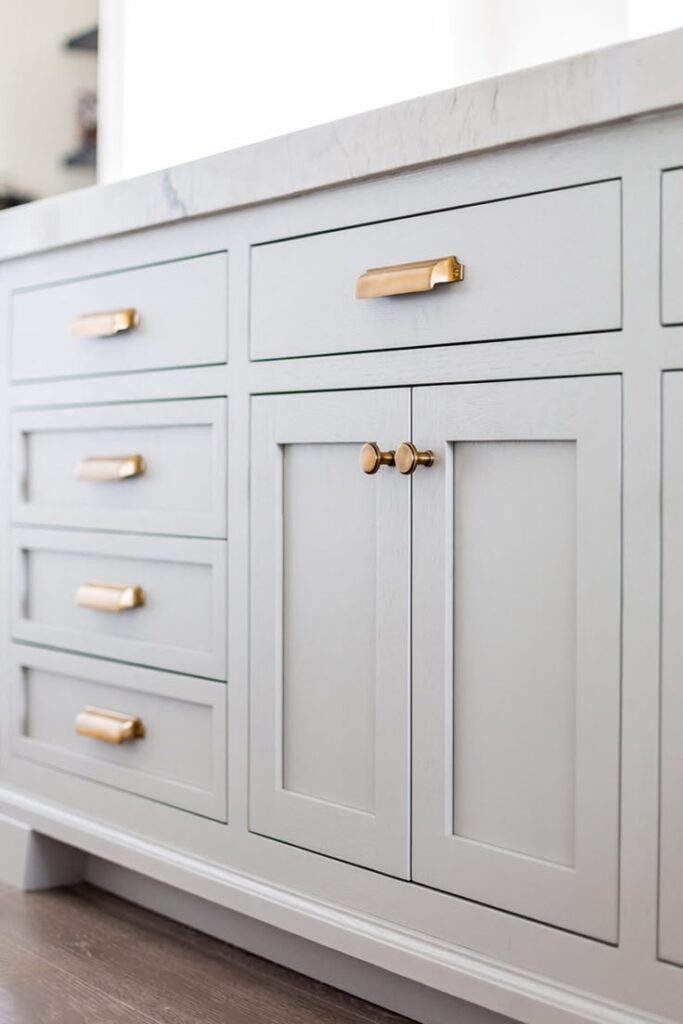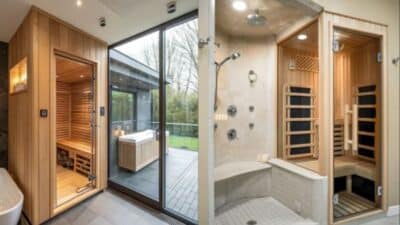When you’re updating your kitchen or bathroom cabinets, one small thing can make a big difference — the cabinet pulls. Cabinet pulls are the handles that help you open drawers and doors. They come in different sizes, styles, and finishes. But before you buy them, you need to measure properly. If you get the size or placement wrong, your cabinets may look odd or be hard to use.
Don’t worry! In this guide, we will walk you through everything you need to know about measuring cabinet pulls in the easiest way possible.
So, let’s get in!


What Are Cabinet Pulls?
Cabinet pulls are long handles used to open and close cabinets and drawers. They are different from knobs, which are small and round. Pulls usually have two screws and are easier to grab. They are more comfortable to use, especially for bigger drawers.
Cabinet pulls come in many styles:
- Bar pulls (straight and modern)
- Cup pulls (rounded like a cup, you pull from underneath)
- Arch pulls (slightly curved for a soft look)
- Handle pulls (classic and simple)
You can pick what matches your style, but before you buy, it’s important to measure correctly.
Why Proper Measurement Matters
Measuring your cabinet pulls properly saves time, money, and frustration. If the pull is too big, it won’t fit your drawer. If the holes don’t match, you’ll need to drill again. If you place them wrong, the cabinets won’t look good.
Good measurements mean:
- The pulls look neat and even
- They are easy to use
- You don’t have to fix mistakes later
What You Need to Measure for Cabinet Pulls
Here are the tools you need:
- A tape measure or ruler
- A pencil or chalk for marking
- Some masking tape (optional for placing test marks)
- A drill (only if you’re making new holes)
- A hardware template or jig (optional but helpful for many cabinets)
That’s it! Now let’s get started.


Step-by-Step Guide: How to Measure Cabinet Pulls
Here’s how you can measure your cabinet pulls:
Step 1: Know What You’re Working With
Are you replacing old pulls or adding new ones?
- If you’re replacing pulls, measure the space between the two screws. This is called the center-to-center (C-C) measurement. It tells you what size pull will fit in the old holes.
- If you’re adding new pulls, you’ll need to measure and drill holes yourself. Don’t worry — we’ll show you how.
Step 2: Understand Center-to-Center (C-C) Measurement
Most cabinet pulls have two holes for screws. The C-C distance is the space from the center of one hole to the center of the other. This is the most important measurement.
Common pull sizes include:
- 3 inches (76 mm)
- 3.75 inches (96 mm)
- 5 inches (128 mm)
- 6.25 inches (160 mm)
Tip: Use the same C-C size across your kitchen for a neat look.
Step 3: Choose the Right Size Pull
The size of your pull depends on the size of your drawer or cabinet.
A good rule:
- Use a pull that is about one-third the width of the drawer.
Examples:
- For a 12-inch drawer, use a 4-inch pull.
- For a 30-inch drawer, use two smaller pulls or one longer pull (10 inches).
For cabinet doors, medium-sized pulls (3–5 inches) usually work well.
Step 4: Mark the Placement
Now it’s time to mark where the pulls will go.
For drawers:
- Find the center of the drawer from side to side.
- Draw a line across the middle, top to bottom.
- Place the pull so that it is centered along this line.
For cabinet doors:
- Pulls usually go 2.5 to 3 inches from the top or bottom corner.
- For upper cabinets, mark 2.5 inches from the bottom and 2.5 inches from the side.
- For lower cabinets, mark 2.5 inches from the top and 2.5 inches from the side.
Use a pencil to make small marks. You can use masking tape to avoid marking the cabinet directly.
Step 5: Use a Template (Optional but Helpful)
You can buy a cabinet hardware template (also called a jig). This tool helps you drill holes in the same spot every time. It’s great if you have many cabinets to do. You can also make one at home using cardboard.


Placement Tips for a Clean Look
- Keep It Consistent: Use the same size and placement throughout the room. This creates a neat and professional appearance. Random placement or different pull sizes can make the cabinets look messy.
- Measure Twice, Drill Once: Always double-check before you drill. It’s much easier to fix a pencil mark than a wrongly drilled hole.
- Try Before You Drill: Use tape to “test” where the pull will go. Step back and see how it looks. This helps you visualize the final result.
- Two Pulls on Large Drawers: For wide drawers, use two pulls. Measure equal distances from both ends for balance. This not only looks better but also helps open the drawer more smoothly. Make sure both pulls are level. You can use a level tool or measure from the bottom edge to make sure they line up. If you’re working on multiple large drawers, keep the spacing uniform to maintain a clean, modern look across the entire set.


What If You’re Replacing Old Pulls?
If your cabinet already has holes, you must measure the C-C spacing. Simply measure from the center of one screw hole to the other.
If you can’t find the same size pull, you have two options:
- Patch the holes with wood filler and paint, then drill new ones.
- Buy pulls with adjustable bases, which can fit different hole distances.
Common Mistakes to Avoid
- Guessing the size without measuring
- Using too large pulls on small drawers
- Installing at different heights
- Not marking straight lines
- Forgetting about cabinet thickness
Remember, it’s better to spend a little more time planning than fixing later.
Conclusion
Measuring for cabinet pulls isn’t hard, but it’s very important. It’s all about taking your time, using the right tools, and planning your placement. Whether you’re upgrading your kitchen or just fixing a few drawers, the right cabinet pulls, placed correctly, can make your space feel brand new.
Take your tape measure, follow the steps above, and soon, your cabinets will not only look better but also work better!
- 0shares
- Facebook0
- Pinterest0
- Twitter0


